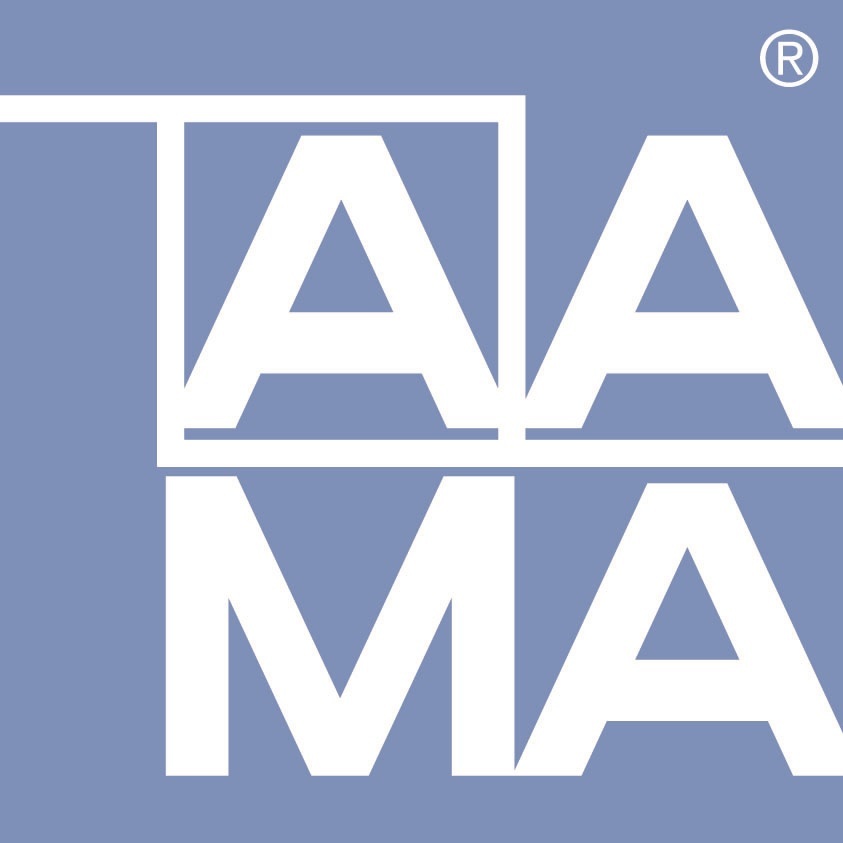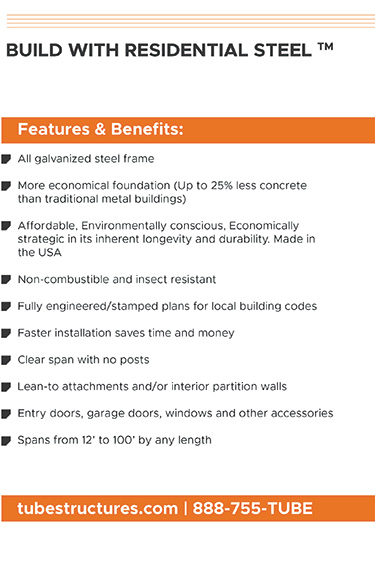Safety expert Richard Hawk presents at AAMA conference
- November 25, 2020
- Posted by: Alan Hageman
- Category: News

As the keynote speaker at the American Architectural Manufacturers Association (AAMA) fall conference, safety expert Richard Hawk presented “The Future of Safety in Manufacturing Plants: A Hawk-Eye View of What’s on the Safety and Health Horizon.” Hawk, who has more than 35 years of experience in the health and safety field, offered tips for how to energize on-site safety trainings at manufacturing plants and facilities.
“Predicting the future is tricky because we don’t know what crazy changes are going to happen in the world,” Hawk said. “The same thing goes with safety.”
To gauge the future, Hawk suggested consulting the past. Little more than 100 years ago, children worked in plants barefoot for hours a day, he said. Today, the goal is zero workplace accidents. Technologies and equipment have evolved to help achieve this, including more comfortable safety glasses and cut-resistant gloves.
Hawk said while safety technology matures and adapts, human brains are not necessarily able to keep up, adding that the human factor is what can create plant safety hazards.
“Every decision you make in your life is based on emotion,” Hawk said. “The orbital prefrontal cortex dictates this and makes us human. The human part is the hard part.”
Hawk said he anticipates automation improving plant safety in the future, and it is crucial to ensure people are trained, not just on safety best practices. Learning to process negative feelings is a large piece of the puzzle as well, he said.
“What drives people to their behavior is how they feel,” Hawk said. “Employees make mistakes. They will miss something because of emotion.”
Hawk cited a Virginia Tech Transportation Institute study, which found that road rage is five times more dangerous than using a cell phone while driving. The study tested 3,500 drivers aged 16-98, observing them driving a total of 35 million miles (or, across the country three times each).
“You are almost 10 times more likely to get into an accident if you are upset,” said Hawk. “Driving while emotional is more dangerous than driving while drowsy, fiddling with the radio or air conditioning, or chatting to passengers.”
Hawk added a caveat that this does not include texting while driving, which the study concluded as being more dangerous than driving while angry, since doing so takes your eyes completely off the road.
Hawk emphasized making safety programs at plants fun in order to increase engagement from employees.
“It must be interesting,” he said. “Spend time and effort on the hazards where people are getting hurt, or where their behavior is getting worse and not better.”
Hawk gave five ways to energize a safety culture while making people feel like they are part of something bigger.
1. Stimulate employees and consider making safety fun as a safety program goal.
2. Use marketing that touches home. Personalize your materials to remind employees why it is so important for them to come home safe.
3. Have real competitions. People want to feel like a part of the team. Instead of just running an annual safety training, consider holding a safety olympics or a safety-themed parody song contest.
4. Make employees feel famous and appreciated. Incorporate their images into print safety materials, and they will be much more likely to notice them.
5. Include more than just the typical safety topics. Talk about mindfulness and dealing with negative emotions. Also, talk about depression and anxiety in your workplace safety trainings.

Richard Hawk


